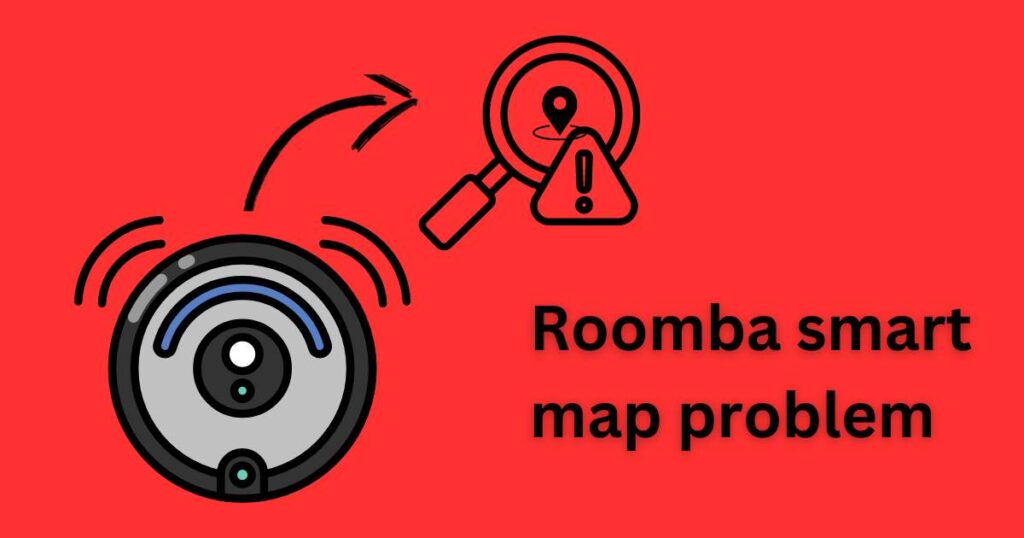Roomba smart map problem
Our increasingly sophisticated automated vacuum cleaners promise to make our lives easier by taking care of the tiresome task of keeping our homes neat and tidy. However, users of the Roomba’s Smart Mapping functionality have recently been reporting a troublesome issue. Despite the Roomba’s promise of delivering comprehensive cleaning coverage through intelligent navigation and mapping abilities, some users are grappling with a perplexing Smart Map problem. This issue often manifests as incomplete maps or system errors that complicate a supposedly straightforward cleaning routine.

The Resurgence of Roomba’s Smart Map Problem
Roomba’s Smart Map technology allows the device to get familiar with its cleaning environment. It can recognize different rooms and adapt its pattern to ensure optimal coverage. However, late last year, a swarm of irate customers lodged complaints regarding Smart Maps that were disappearing or not saving correctly, causing a drop in the performance of the vacuum cleaners.
Unpacking the Smart Map Problem
The reports detail the Smart Map Problem, typically demonstrated by incomplete or missing maps. For instance, users might command their Roomba to clean a specific room, only to find that the robot vacuum fails to recognize the room or doesn’t save its map once cleaning is completed. The problem largely affects the i and s series, Roomba’s top-tier models. The inaccuracy of smart mapping, with Roombas moving aimlessly or getting stuck, has disrupted the convenience that the robot vacuums were designed to provide.
Potential Causes and Fixes to the Smart Map Problem
While the exact cause of the Smart Map problem is unknown, it is widely speculated to be linked to Roomba’s software updates. Some users have reported that the problem started manifesting after an update, giving a clue about a possible solution: fixing the bugs in the software.
Although no sure-fire remedy has been established yet, some users have managed to work around the problem. A common solution is to reboot the Roomba, which sometimes helps the robot vacuum recognize the smart map again. Resetting the device or deleting and setting up the smart maps from scratch are other measures that some customers have tried to remedy the issue.
Weighing in from iRobot
iRobot, Roomba’s manufacturer, has acknowledged the issue and is reportedly working to resolve it. Amid complaints over the Roomba Smart Map problem, they have encouraged users to contact their support team to help troubleshoot the issue. The company has yet to issue a formal software update directly addressing the Smart Map problem.
Given the escalating complaints, it’s clear that iRobot urgently needs to address these anomalies in a device that’s supposed to exert high levels of automation and home integration. Until then, the company risks dampening consumer confidence, something that could impact the entire industry’s drive toward smart home automation.
While the Roomba smart map problem presents a hurdle, it also offers an opportunity. For consumers, it is a chance to demand more robust and reliable technology. For iRobot, it is a chance to cement its position as a leader in smart home technology. How both parties respond to this challenge will set the tone for the future of smart home automation.

